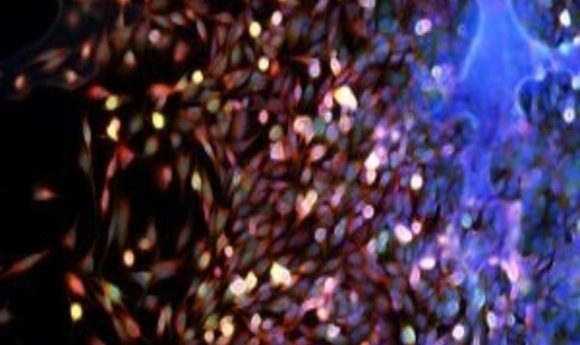BORIS: a new target for neuroblastoma

Single-cell RNA sequencing points to BORIS as a culprit for neuroblastoma drug resistance
Research led by Rani George at the Dana-Farber/Boston Children’s Cancer and Blood Disorders Center (MA, USA) has unexpectedly implicated BORIS in drug resistance for neuroblastoma, as well as several other cancers.
In healthy cells, gene expression is controlled by chromatin interactions, via DNA loops anchored by the CCCTC-binding factor (CTCF). CTCF disruption can result in the loss of this anchorage, and results in oncogene expression. BORIS, a CTCF paralog, has been implicated in several cancers, but its effects had heretofore remained unclear.
George’s team has now demonstrated that in neuroblastoma, BORIS affects these chromatin interactions, forming and anchoring new loops, resulting in many genes being turned on at once. Overexpression of BORIS correlated with a poor outcome for those with neuroblastoma.
To make the discovery, the team treated neuroblastoma cells with drugs targeting ALK until they became resistant. This led to increased expression of the oncogene MYCN. They then went on to use single-cell RNA sequencing to examine sensitive, and partially and fully resistant cells.
- High-dose, high reward? New potential treatment for prostate cancer
- Microvesicles could revolutionize cancer therapeutics
- A pair of studies demonstrate the safety of proton beam therapy for treatment of pediatric brain cancer
“As we treated the cells with ALK inhibitors, some regressed to a more primitive state, expressing a number of self-renewal factors,” explained George. “After staying dormant in that state for a while, they began to recover and proliferate. That’s when BORIS appeared.”
At this stage, ALK mutations and MYCN were still present, but the cells no longer needed them to proliferate – neither were expressed at the protein level. In fact, a number of factors were expressed as a result of BORIS that are normally seen in early neural tissue. BORIS expression can also be seen in treatment-resistant non-small-cell lung, breast and ovarian cancers, as well as Ewing sarcoma and glioblastoma.
BORIS is usually only present during embryonic development, and in cells of the testes and ovaries, and the results were a surprise: “Someone you never suspected can turn out to be the culprit,” commented George, likening the results to forensic investigations in detective novels.
Next, the team intends to seek ways to target BORIS for neuroblastoma treatment.




